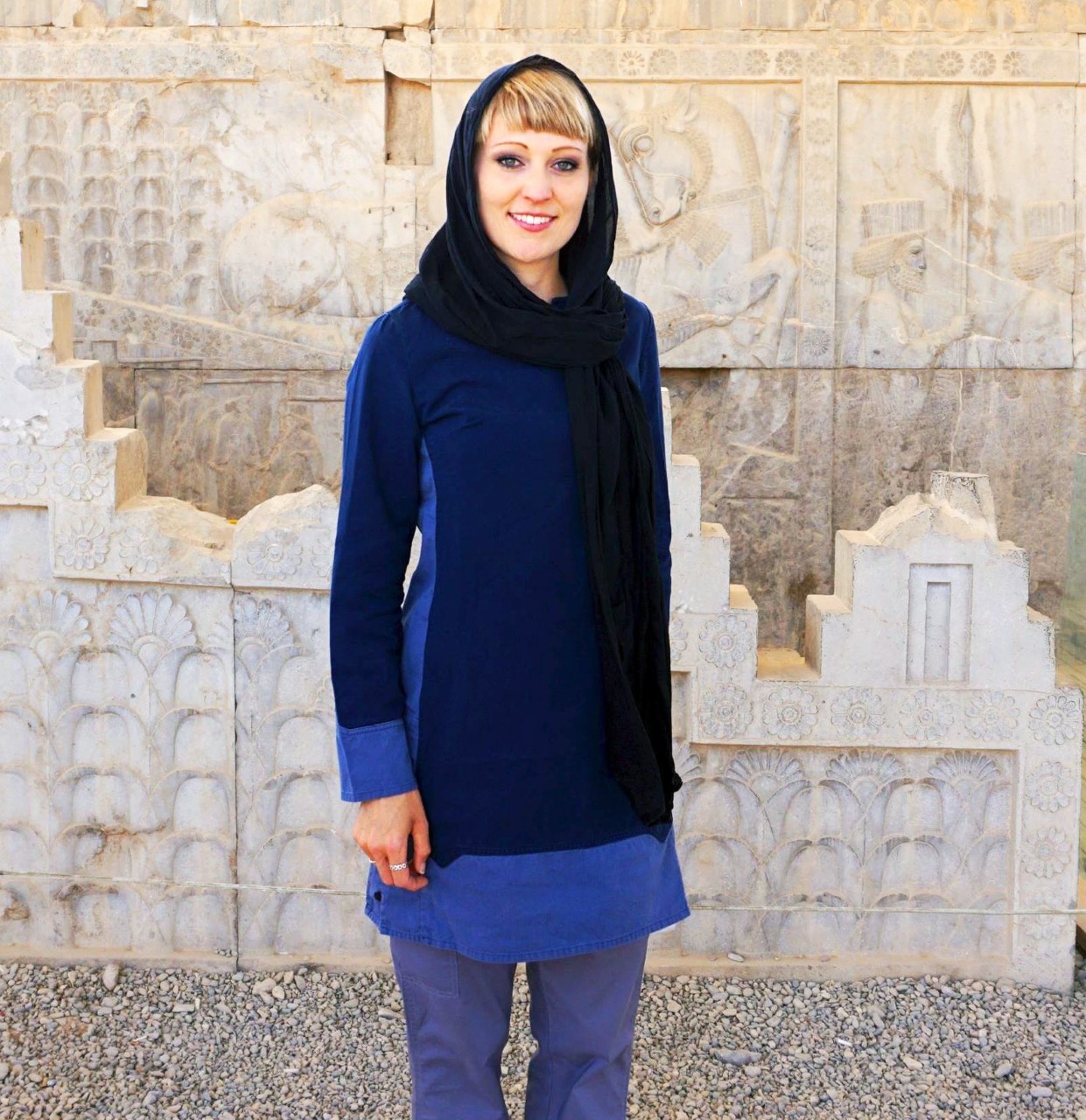Affiliation: The University of Chicago

Dr. Kiersten Neumann is an art historian, archaeologist, curator, and educator. Her regional and cultural area of expertise is ancient West Asia (Near East), with a focus on Mesopotamia and Persia, as well as connections with Arabia. She is co-editor of The Routledge Handbook of the Senses in the Ancient Near East (2022), and she has curated numerous exhibitions, including Joseph Lindon Smith: The Persepolis Paintings (2022), Making Sense of Marbles: Roman Sculpture at the OI (2022–2023), and Artifacts Also Die (2023). Her publications, university courses, and speaking engagements have covered such topics as sensory experience, ritualized practice, and visual culture; museum practice, collecting histories, provenance research, and education and outreach; and cultural heritage management and preservation. She is Curator of the Institute for the Study of Ancient Cultures Museum, Research Associate at the Institute for the Study of Ancient Cultures, and Lecturer in the Department of Art History at the University of Chicago. In 2024 she joined the Board of Trustees of the American Society of Overseas Research. Originally from Vancouver, Canada, she received her B.A. and M.A. from the University of British Columbia and her Ph.D. from the University of California, Berkeley. She is one of the AIA Kershaw lecturers for the 2024/2025 National Lecture Program season.
A recent special exhibition, Making Sense of Marbles: Roman Sculpture at the OI (2022–2023), at the Institute for the Study of Ancient Cultures Museum (formerly Oriental Institute Museum) presented to the public for the first time ISAC’s full collection of Roman sculpture. Assembled in the 1950s—through both acquisitions from ISAC’s excavations at Ptolemais in Libya as part of a system of partage (or the division of finds) and purchases from the international art market, this group exemplifies the importance of revisiting artifact and archival collections with new questions, perspectives, technology, and scrutiny. In its didactics and modes of display, the exhibition tackled timely questions of collecting practices, provenience and provenance, archaeology and the art market, and authenticity, arguing that museums do not require new artifacts, new acquisitions in order to tell new stories. This talk will consider the history of this lesser well-known Roman sculpture collection in Chicago—the objects’ creation and use in antiquity, their rediscovery in the modern day, their acquisition by a Chicago museum, and their modern display history, illustrating the ways in which we can make sense of marbles with divergent histories and the fundamental importance of archaeological context in telling an object’s story.
Short bibliography and/or website on lecture topic:
Cultures of the ancient West Asia communicated with divinity in a variety of ways, each determined and supported by an established set of materials, participants, actions, oral recitations, and spatial contexts. The burning of incense was one such avenue of communication, often staged in the vicinity of temples but also domestic spaces. This talk will explore the sensory phenomena of incense in Assyria during the Neo-Assyrian period (934–612 BCE), looking at raw materials and aromatic substances—their origin, manner of acquisition, and production—followed by the types of incense burners used and incense’s place in practice. A focus on the archaeological and textual evidence for what it reveals of connections to the materials, craftsmen, and communities of the Arabian aromatics trade will provide greater insight into the role of incense and olfaction to the Assyrian state and its economy as well as across the social and urban landscape of the land of Aššur.
Short bibliography and/or website on lecture topic:
Where is this artifact from? Who does it belong to? How did it get here? Who’s telling its story? Critical inquiry into the practice and politics of museums has reached a new zenith in contemporary discourse. From discussions of acquisition and repatriation to provenience (archaeological findspot) and provenance (an object’s ownership history) and the ethics of curation and modes of display, museum and art professionals—and the general public alike—are deliberating on the concept of museums and the responsibilities of such institutions towards the collections in their care. This talk will explore the early history of museums and collecting practices with a focus on cultural heritage collections from West Asia—beginning with the archaeological explorations of “the Orient” and colonial collecting practices dating back to the nineteenth century, followed by the creation of the “encyclopedic museum,” the popularity of world’s exhibitions, and the politics of representation and reception.
Short bibliography and/or website on lecture topic:
Curating an exhibition of contemporary art comes with the incredible opportunity of collaborating with living artists to realize together how to give voice and vision to their work. Doing so in the space of an archaeological museum brings with it the added opportunity to revisit and reevaluate traditional object narratives and museological methods. For centuries Western cultural institutions and museum exhibitions have advanced historical narratives of ancient West Asia with a singular, authoritative voice, predominantly disconnected from the present. Contemporary installations have the power to forefront and celebrate the complexity and continuity of this rich cultural heritage, presenting postcolonial perspectives and thought-provoking artistic responses that draw on diverse lived experiences, memories, and imagination. In this talk, Kiersten Neumann will discuss powerful examples of the pairing of contemporary art and archaeological objects from her own experience as an art historian, archaeologist, curator, and educator, demonstrating some of the ways in which such contemporary interventions, including those by local and diaspora artists and communities, can bring a uniquely humanizing perspective to this history.
Short bibliography and/or website on lecture topic:
Notifications